Helping Children Cope With Tragic Events in the News
Children deal with trauma and disaster differently than adults. Learn how they can be affected even by watching the evening news - and what you can do to help them cope
- by Christina Richardson Time Change Brings Alarm Check
It's easy to remember - check your fire and smoke alarms twice a year when the time changes and you'll be protecting property - and lives!
- by Chief Pam San Fillippo
Historians debate the actual causes of each fire (Mrs. O’Leary’s cow might just be innocent!), but there is no debating the devastation that resulted from each. These two catastrophic events caused the fire service and public officials to change their perception of “public safety”: Fire Prevention Week was born, becoming the longest running public health and safety observance on record. Each year during the week of October 9th the fire service recognizes Fire Prevention Week and makes an extra effort to educate the public about fire and life safety.
These fires are ancient history to most of us, but devastating fires still occur. In fact, home fires kill an average of 8 people each day and each year firefighters respond to over 350,000 house fires that result in $7 billion in direct damages. And these are statistics from residential fires — commercial and business, industrial, wildland, and forest fires aren’t included! Along with the loss of civilian lives, homes, forests, and businesses, fires will also kill about 100 firefighters every year (and injure or disable thousands more). One-hundred men and women who went to work one morning and never made it home because they were trying to save a building, a house, a patch of forest and sometimes, a life. More often than not these fires and deaths were completely preventable, if people had learned and followed the fire safety advice from the professionals and acted responsibly. So we ask you, please make sure that you and everyone in your family learns about fire safety and practice it every day. It literally can mean the difference between life and death for you and for us. We’ve said it for decades, and it still holds true today: 3 out of 5 home fire deaths happen from fires in homes with no smoke alarms or no working smoke alarms. That’s why we tell everyone: each year when the time changes, change your smoke alarm battery – for wired alarms, check your battery back-up and test your system. If you don’t know how, contact your fire department. We’ll be happy to help. Please join us in spreading the word about fire safety; learn about it, practice it, and take a moment to visit the National Fire Protection Association’s website. You’ll find a wealth of lifesaving information for consumers, educators and business owners: http://www.nfpa.org/safety-information/for-consumers Gale, the Aptly-Named Gardener This month, award-winning columnist Rheta Grimsley Johnson visits the magical Second Street garden of Gale, the ultimate pass-along gardener.
- by Rheta Grimsley Johnson BSL's Historic Tour Goes Mobile!
The popular Walking/Biking tour of historic Bay St. Louis has been updated and is now available for free all over Old Town. And it's now available in a mobile version, so it's even easier to use and share!
- story and photos by Ellis Anderson
“One reason people love it so much is that the tour is completely customizable,” says Jane Byrne, with the Hancock Tourism Bureau. “They might go to the Old City Hall [one of the tour’s highlights] and end up having lunch at the restaurant in the building. Or they might start in the Depot District, and spend time in the Alice Moseley Museum.”
Byrne explains that the brochure has been a favorite souvenir item for years. Often, she meets people who bring it back on return visits and pick up the tour where they left off. They also pass the brochure along to friends and family members who are considering visits to the Bay.
The brochure was first produced in 2008 by an unofficial coalition of community groups and local businesses, and Hancock County Tourism is now producing updates and reprints. The brochures are given out at the I-10 Welcome Center, the Visitors’ Welcome Center at the Depot (another of the tour’s highlights) and at various merchant and restaurant locations throughout Old Town.
In October, the third print edition will be available. A new digital version is available too, making the tour easy to take along on tablets and smart-phones. The digital tour is currently available in the Cleaver’s Resource section on the “Maps and Tours” page. It’s also available on the Old Town Bay St. Louis website, courtesy of the Old Town Merchants Association. Look for it soon on additional civic websites (if you’d like to “host” the tour on your organization or business website, contact Hancock Tourism at 228.467.2275). Locals are encouraged to share the links with friends and business associates by email or on Facebook. Jane Byrne points out that locals enjoy the tour at least as much as visitors. “Even people who grew up here in town learn things when they take the tour,” says Byrne. “And it’s a fun thing for them to share with kids and grandchildren.”
Golf Carts are also a fun way to explore the Historic Tour. Four- and six-passenger golf carts and bicycles can be rented at Court Street, right around the corner from the official start of the tour! Call 228.363.1290 for details and reservations.
Waveland on Google maps, Halloween on Coleman and Haunted Tree on Mollere!
- by Waveland Alderman Jeremy Burke Yappy Hour!
This month, Daisy Mae (our columnist and registered seizure-alert dog), announces a new social event for local residents - and their pet pooches!
Yappy Hours have become so popular across the country that Food and Wine posted a list of the seven best events in the country! Some offer dog-themed menus and water flavored with bacon, cheese and liver - for Fido, not for the human companions.
To make the events fun for everyone there are a few rules to follow. All dogs must be monitored and on a 6-foot leash at all times. Only two dogs per handler will be allowed. Dogs will be asked to keep their paws off the tables and be well behaved. Rabies tags are a requirement. Depending on the location and what the host establishment wants to do, Friends will provide an educational element to the evening. They may bring in a search and rescue dog, or show how to do a diagnostic massage. Dottie, my German Shepherd pal below, is a graduate of Guide Dogs for the Blind. She came to a Yappy Hour with her owner to tell the story of guide dogs. Friends will also have an information table and will bring in dogs and cats that need to be adopted from the shelter.
A Yappy Hour is a great way to meet and greet. Did you know that when dogs greet dogs they sniff each other? Bruno and Bart are using the universal and appropriate way to introduce themselves.
Friends of the Animal Shelter will be posting the location, date and times of the first Yappy Hour soon. I can’t wait. Keep your tail high and your feet dry Love, Daisy Mae The Mississippi Book Festival
A stellar review of the first Mississippi Book Festival, held in Jackson. The news of its success will have book lovers who missed it marking their calendars for next year.
- by Carole McKellar
The book event began at 10 a.m. with a performance by the Jackson State University band on the steps of the capitol. John Grisham, arguably Mississippi’s most famous living writer, gave the opening remarks, and Gov. Phil Bryant and Lt. Gov. Tate Reeves welcomed attendees.
Six members of my Bay book club – Cindy Williams, Archana Sharma, Allison Anderson, Ann Weaver, Angela Sallis and I – traveled to Jackson for the event. We attended panel discussions based on our individual interests or the availability of seating. The crowd at the festival surpassed expectations, so all of the sessions filled quickly. Eudora Welty and Margaret Walker Alexander, both Jacksonians and contemporaries, were well represented at the festival. Angela Sallis and I particularly enjoyed a session titled “Eudora Welty: Letters, Flowers, Loves, and the Latest Scholarship.” Suzanne Marrs and Tom Nolan read from their book Meanwhile There Are Letters: The Correspondence of Eudora Welty and Ross Macdonald. These two great friends wrote frequently of their lives, work, and world events. The letters in the book date from 1970 through 1982, when Alzheimer’s took Mr. Macdonald’s ability to read and write.
Julia Eichelberger read letters from her book, Tell About Night Flowers: Eudora Welty’s Gardening Letters. Ms. Welty was a passionate gardener, and her home and garden in Jackson are well worth visiting. The letters in this book may have been about gardening, but they were also filled with love and humor. Hearing Ms. Welty’s letters read aloud was a pleasure and a reminder of what we have lost in this age of emails and tweets.
Ann Weaver and Archana Sharma attended a panel on African American history that they considered a festival highlight. Alysia Burton Steele, author of Delta Jewels: In Search of My Grandmother’s Wisdom, told fascinating stories about her late grandmother and other women from the Delta. Ann’s favorite writer in that session was Stephen A. Berrey, author of The Jim Crow Routine: Everyday Performances of Race, Civil Rights, and Segregation in Mississippi. She was interested in Mr. Berrey’s research on the unwritten rules people of different races follow in our interactions with each other.
In the afternoon, several of us attended a session on poetry moderated by Beth Ann Fennelly, a poet and director of the MFA program at Ole Miss. Catherine Pierce from Mississippi State, Richard Boada from University of Memphis, and Derrick Harriell from Ole Miss read from their newest poetry collections. I particularly enjoyed the style of Derrick Harriell, although his newest book, Ropes, is about boxing, a sport that doesn’t hold much interest for me.
Seven hundred people crowded the sanctuary of Galloway Methodist Church for a session titled “What Reading Means for Our Culture” featuring journalist Jerry Mitchell in conversation with John Grisham and William Ferris. William Ferris founded the Center for the Study of Southern Culture at Ole Miss and is now the director of the Center for the Study of the American South at the University of North Carolina. Mr. Grisham and Mr. Ferris spoke about Mississippi’s rich literary history and what reading means for us today. Mississippians are part of a storytelling tradition that was amply displayed on the stage that day. All the members of my book group thoroughly enjoyed a late afternoon session on Southern popular fiction with four writers who kept us laughing for an hour. The panelists were Julie Cantrell, Patti Callahan Henry, Mary Kay Andrews, and Joshilyn Jackson. I haven’t read any of their books, but I’ve put them on my reading list.
Katy Simpson Smith, a panelist in the Historical Fiction session, wrote The Story of Land and Sea, a novel set on the coast of North Carolina during the Revolutionary War. The book was recommended by a friend in attendance, so I bought a signed copy in the Lemuria Bookstore tent. This young woman is a gifted writer who tells an adventurous story in a poetic style. I just love this book. I regret that I could not get into her popular session.
There were so many writers that I respect who participated in this festival. I have written in the past about Carolyn Brown, Margaret McMullan, and M.O. Walsh, all of whom were panelists. The 5 p.m. closing session was moved back to Galloway Methodist Church to accommodate the large crowd that stayed until the end to hear a discussion of our literary heritage and its significance for writers and readers. Greg Iles, Ellen Gilchrist, Steve Yarborough, and Julia Reed are native Mississippians who have achieved success writing about our state. Bill Ferris did a fine job of moderating although these talented storytellers needed little encouragement to entertain the audience. Visiting with friends, reading, and talking about books are at the top of my list of entertainments. The first ever Mississippi Book Festival filled all of those requirements and then some. I look forward to the event next year and anticipate that it will be bigger and better. Thank you to the sponsor of this column, Scott Naugle, owner of Pass Christian Books, who served on the board of directors for the festival. For more information, go to the festival website. The Little Pink Cottage On Union
One of the most charming garden cottages in the Bay St. Louis historic district, "The Laughing Place" on Union has a colorful past - and present - thanks to owners Mack and Judy Pursell.
- story and photographs by Ellis Anderson
“He told me that I’d better get on back to the coast as fast as I could, because the workmen were painting the house pink,” says Judy, grinning. “He just couldn’t believe it when I told him that was exactly the color I’d picked!”
Mack and Judy both grew up in George County, Mississippi. It sits directly above Jackson County, the state’s eastern-most coastal county. Their families often took the short drive to the Gulf to boat and fish, so the Pursells both formed early attachments to Bay St. Louis. Mack remembers coming to the Bay for fishing trips as a child, while Judy sometimes visited a good friend who attended St. Joseph’s Academy on the beach (the site of the present day Our Lady Academy). Mack and Judy attended Perkinston Junior College (founded by Judy’s great uncle) and then USM before marrying and moving to Baton Rouge. They’ve lived in the River City for the past forty years, raising a son and a daughter there. Mack spent nearly 30 years working for State Farm Insurance, and then 17 years ago he “retired” to open his own insurance-related business: an auto collision shop. Meanwhile Judy operated Judith Pursell Interiors and worked as a popular interior designer. Through the years, the Pursells made frequent trips between Baton Rouge and Lucedale in George County to visit family. Often, they’d detour to the coast and swing through Bay St. Louis. After the children were grown, they began contemplating a second home on the coast. While the beaches in Alabama and Florida may have been more popular, the short drive between Baton Rouge and the Bay would make it possible to visit the coast almost every weekend.
In 2000, the fantasizing ended and the shopping began. The Pursells worked with realtor Marlene Logan. They’d been looking for three months when a new “for sale” sign popped up at 201 Union. But the market in Old Town was sizzling and several people had already viewed the house before the Pursells got a showing, only three days after it went on the market.
The walk-through was not encouraging. The 1600-square-foot house had been used as a rental for several years and needed lots of work. However, one big plus was the postage stamp yard. Their ranch house in Baton Rouge has a full acre of grounds, and as much as both Pursells enjoy gardening, they were looking for a light load in their second home. And Judy’s interior designer’s eye saw the cottage as a blanck canvas with unlimited possibilities. Mack made an offer the same day they first stepped inside and on August 15th presented the house as a gift to Judy for their 34th anniversary. “Nothing in here was pretty,” says Judy, remembering those early days. “When our daughter saw it, she said, ‘The first thing you have to redo is that little bathroom off the kitchen. That’s the ugliest thing I’ve ever seen in my life!’”
They followed their daughter’s advice and then spent weekends and vacation time slowly working their way through the rest of the house. In addition to multiple renovation projects, Judy tiled the kitchen countertops and backsplashes with a mosaic of vintage dish and pottery shards, the first of several interior and exterior mosaic projects. Antique-dealer friends would save their shop casualties for her. She’d also scour garage sales looking for colors and textures she liked and buy undamaged pieces. When she was ready to start working, she put on goggles, sat on the back steps with a hammer and “broke up stuff for days.”
A friend who wanted to learn Judy’s mosaic technique helped her lay the floor of the front porch. For eight days, the two friends sat on pillows while they fitted colorful tile pieces together. “That’s when I realized something was wrong with my brain,” says Judy, laughing. “I’m missing the part that says ‘Don’t do that! It’s too much trouble!’”
The kitchen cabinets were another stroke of creative genius. The Pursells purchased new doors to replace the dated, worn ones. Judy had read about a technique to age them using Rit dye on raw wood. She then applied a glaze to add depth and character.
“Of course, Katrina helped me out,” she says. “They look a lot older now than they did when I finished them.” In 2005, about the time the Pursells were beginning to see light at the end of their restoration tunnel, Hurricane Katrina forced three feet of water into the cottage. Debris from other buildings and the force of the surge structurally damaged one corner of the house. The couple rolled up their sleeves and started over. Judy turned into a salvage queen while the couple worked through the aftermath. When beaded board wood was ripped out of other historic houses and left at the curb for garbage pickup, Judy would save it from the debris pits and carry it back to the cottage. Those salvaged scraps eventually became a charming wainscoting that replaced the bottom three feet of every wall that had been ruined by Katrina. When the Corps of Engineers began tearing down another damaged house in town, a Judy was able to save the beveled glass doors before they bulldozer crushed them. The doors now have a new function as a charming divider between the living room and the closed-in porch. 
While the Pursells didn’t make any major new changes when restoring the second time around, Judy keeps adding to the whimsical nature of the house each year. When asked what style it is, she’s not able to pinpoint it. Shabby chic? Not exactly. Garden cottage? Well, maybe.
“I see things and colors that seem perfect for the cottage and find a way to work them in,” says Judy. “I experimented with the cottage from the beginning, trying things I’d never have done if I was living in a house day in and day out.” Judy’s experiments only show her superb instincts and training as an interior designer. There’s the French bedroom for the granddaughters that incorporates French flashcards that her mother used for teaching the language. In the bathroom that doubles as a gallery for collectibles, the showpiece is a restored claw-foot tub that was original to the house since 1929. The gas fireplace in the living room is a recent add-in, yet looks like it was an integral part of the original house. And everyone’s favorite detail, the antique plates that can be seen by passersby through the window. 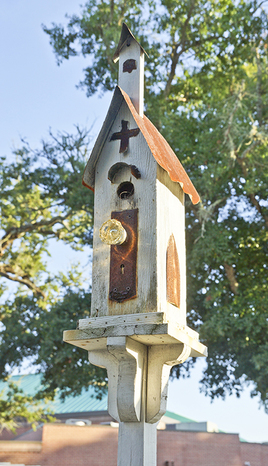
Outside, the Pursells’ green thumbs are evident. Blossoms spill over the ribbon strip of property that separate the house from the sidewalk. A picket fence captures a private nook of yard on Second Street, while in the back, a deserted driveway has become a charming gated courtyard shared with the house next door (belonging to neighbors Paulette and Glenn Bohne). Judy’s mosaic tile work on the side porch makes the intimate place sing with color and whimsy.
Now Mack has turned the Baton Rouge business over to his son and Judy has downsized her business, the couple are spending more time in the Bay. Even though their corner is a busy one — at least by Bay St Louis standards — Mack says it’s a serene spot. Both Pursells enjoy the fact that they’re just steps from the beach and the shops, restaurants and galleries of historic Old Town. Soon they’ll be celebrating their 50th wedding anniversary, their 16th in the Laughing Place. “We get the best of both worlds here,” says Judy. “We’re still part of Louisiana — which we love — and we’re still part of Mississippi. Nothing could make us happier.” Al Lawson - On Design
It’s a uniquely human endeavor to decorate our domicile. It is something that visually communicates who we are and articulates what we value. I am always fascinated to see the elaborate collections people have created in their homes --- whether it is vintage dishes or an unusual collection of tchotchkes.
Whatever people choose to collect or decorate with - I am reminded that they have an identifying interest and find meaning through their collections. I first witnessed this design concept in Italian homes that displayed ceramic plates on their walls from restaurants they had visited. The plates were beautifully painted and helped the memory of a wonderful meal or remarkable evening last longer. And I love seeing anything that shares a love for the fanciful, celebratory or simply beautiful. It’s so inviting when it is combined in a home filled with joy and warmth. Thank you everyone that shares your home with us as we read The Cleaver. We are grateful that we have been able to glimpse a little of the special spaces where you find peace and happiness . |
Categories
All
Archives
July 2024
|
Shoofly Magazine Partners
Our Shoofly Partners are local businesses and organizations who share our mission to enrich community life in Bay St. Louis, Waveland, Diamondhead and Pass Christian. These are limited in number to maximize visibility. Email us now to become a Shoofly Partner!






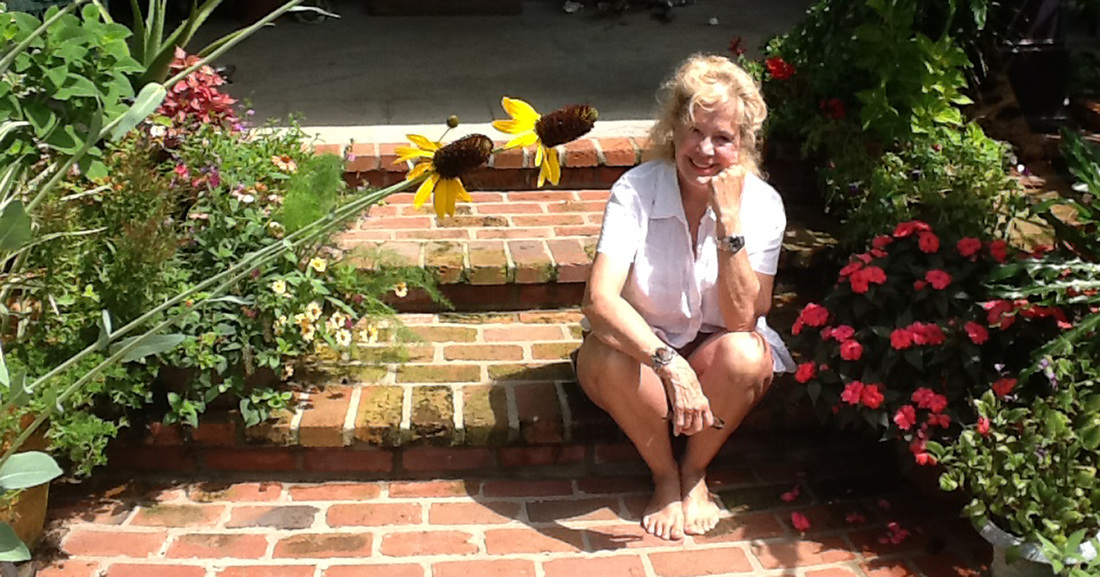
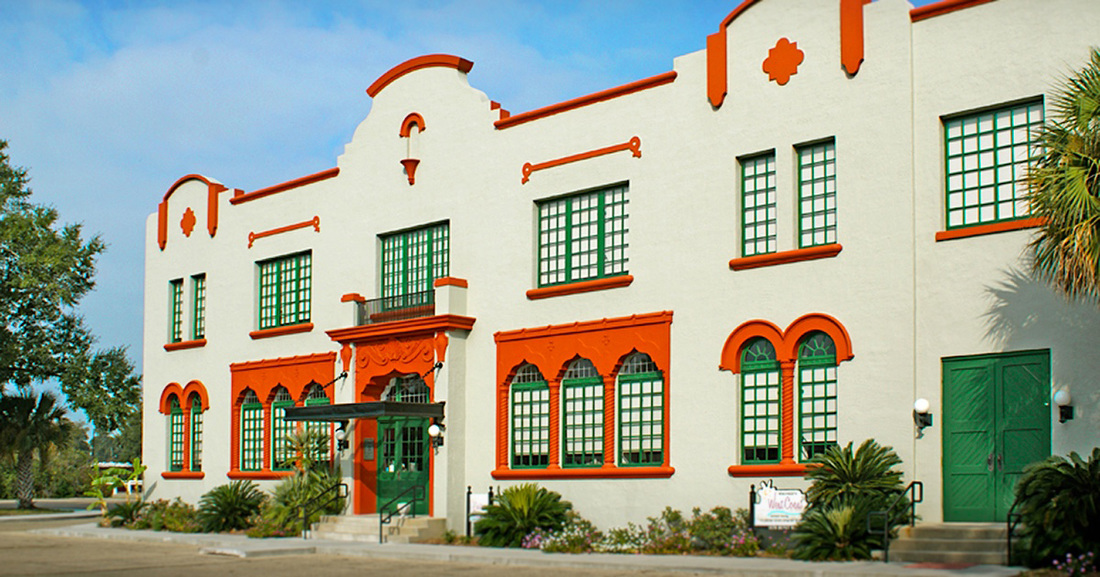

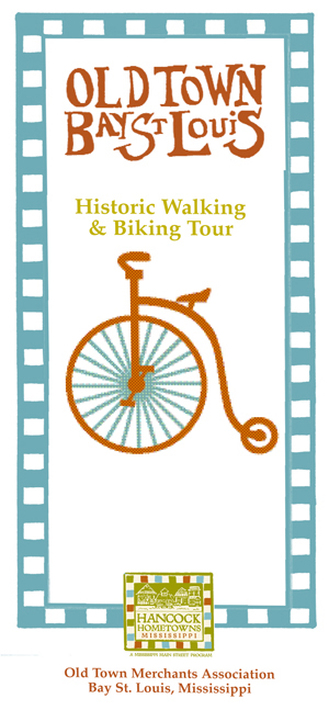
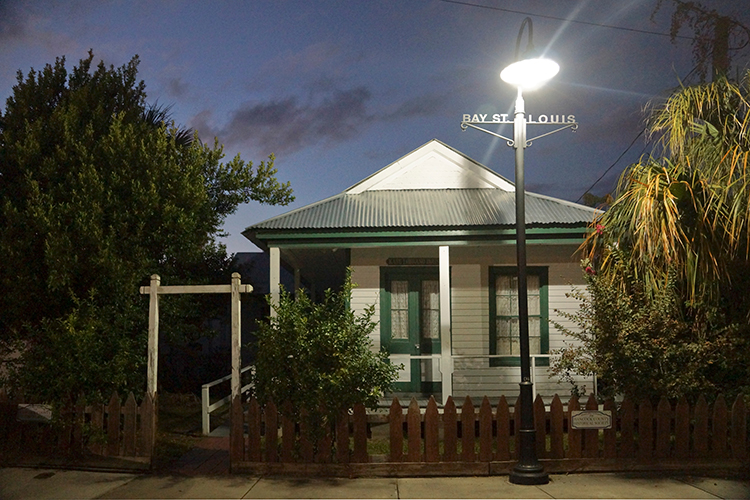





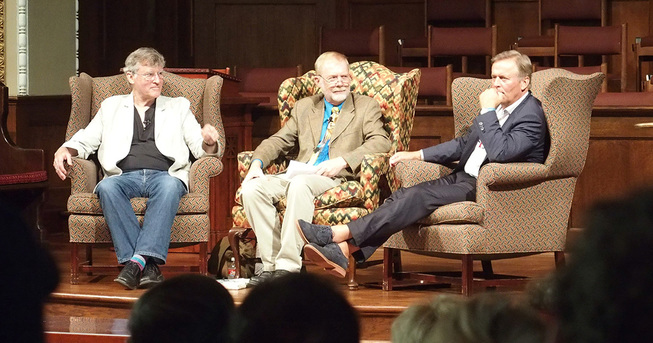



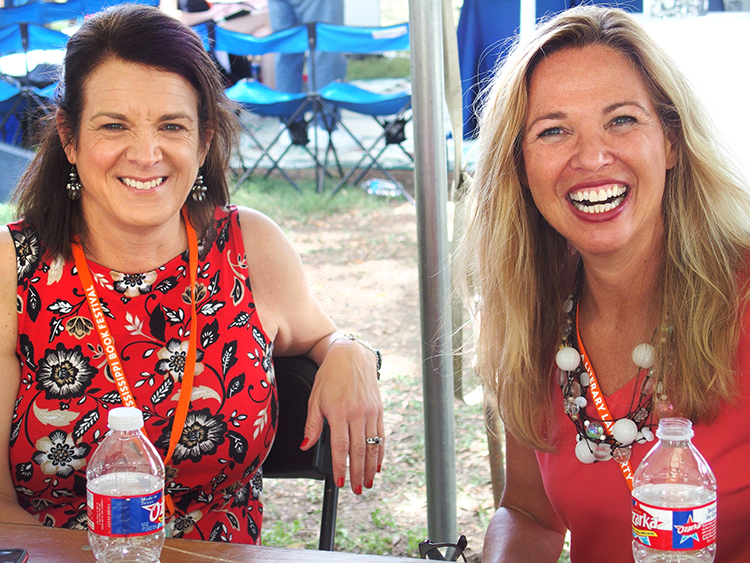


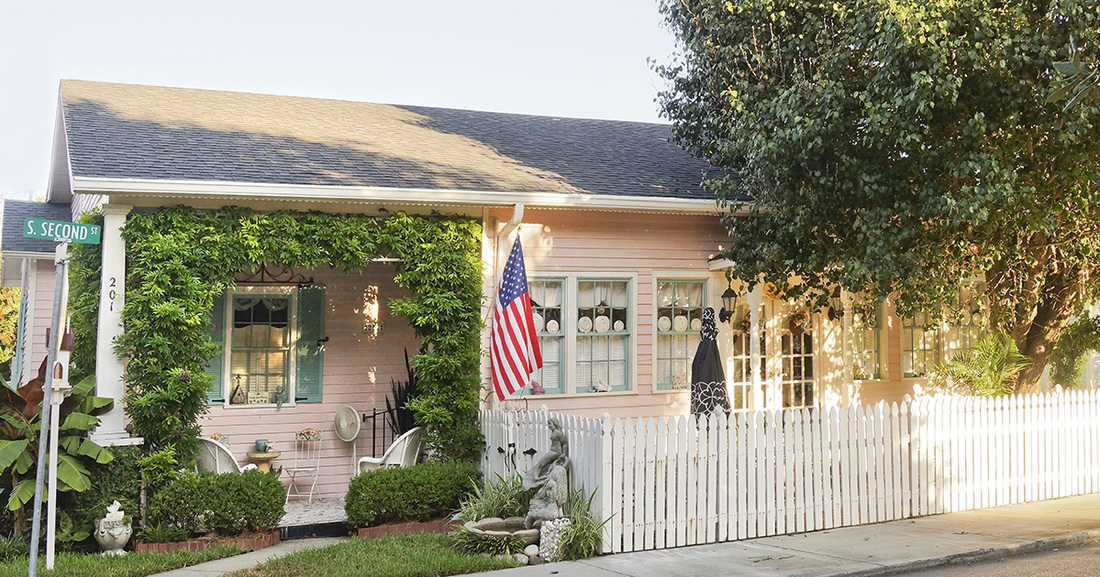
































 RSS Feed
RSS Feed























